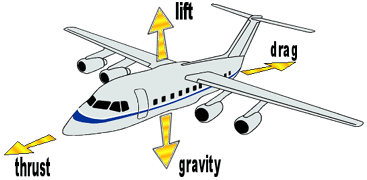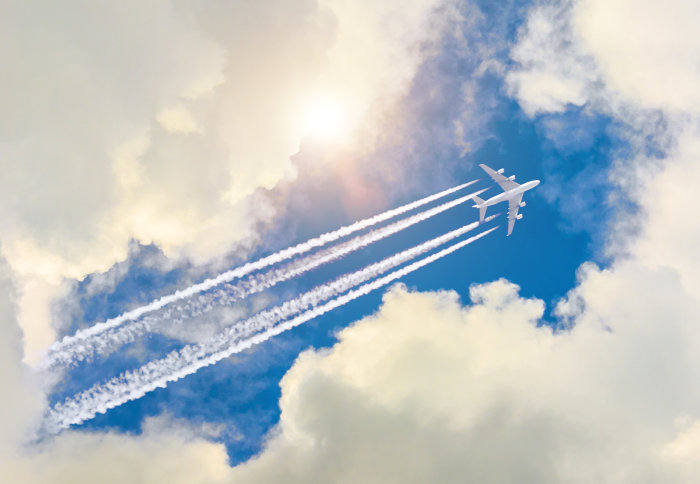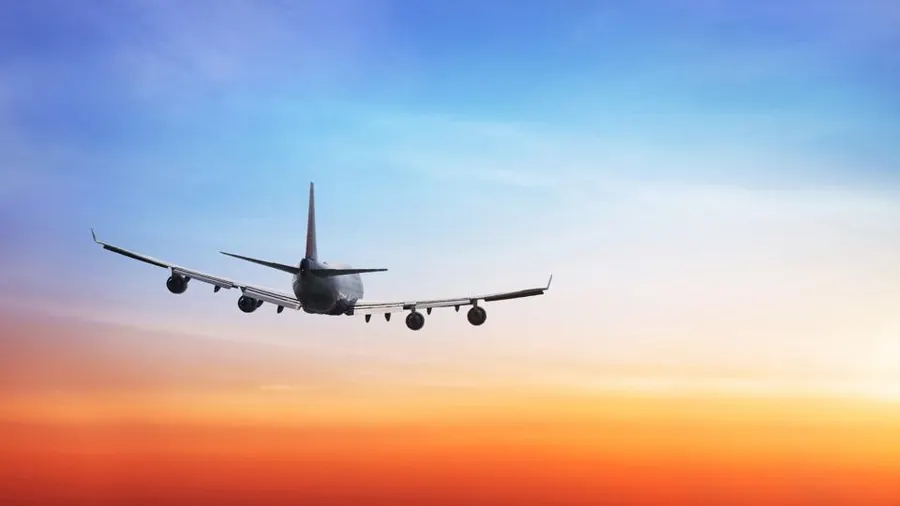Introduction
Do you ever stop and marvel at the sight of a soaring aircraft? Flights have been a symbol of adventure and human accomplishment since the Wright Brothers first took to the sky. In this article, we will dive into the fascinating world of flights, exploring their history, the mechanics behind them, and the impact they have on our lives. Get ready to embark on a journey through the clouds as we unlock the wonders of flights!
The Evolution of Air Travel
Early Beginnings
Flying like birds had always been a dream for mankind. Early attempts to conquer the skies involved creative contraptions such as kites and hot air balloons. However, it was not until the 20th century that the aviation industry truly took off.

The Pioneers: Wright Brothers and Beyond
Orville and Wilbur Wright are widely credited as the inventors of the first successful airplane. In 1903, their aircraft, the Wright Flyer, made history by completing the first powered flight. This groundbreaking achievement opened the door to a new era of aviation.
Following the Wright Brothers’ success, aviation technology rapidly advanced. Notable milestones include Charles Lindbergh’s solo transatlantic flight in 1927, the introduction of passenger airlines in the 1930s, and the development of jet propulsion in the 1950s.
Modern Air Travel
Air travel has become an integral part of our lives, connecting people across the globe. Today, modern airplanes are marvels of engineering, capable of carrying hundreds of passengers at incredible speeds. With advancements in technology, flights have become safer, more efficient, and more accessible than ever before.

The Mechanics Behind Flights
Lift, Thrust, Drag, and Weight
To understand how flights work, let’s break down the four primary forces involved: lift, thrust, drag, and weight.
Lift: The Key to Flying
Lift is the force that allows an aircraft to overcome gravity and stay in the air. It is generated by the shape of the wings and the speed of the aircraft. The curved shape of the wings creates a pressure difference, with higher pressure below and lower pressure above, resulting in upward lift.
Thrust: Propelling the Aircraft
Thrust is the force that propels an aircraft forward. It is produced by engines, such as jet engines or propellers. These engines generate thrust by expelling a high-speed stream of air or gas in the opposite direction, in accordance with Newton’s third law of motion.
Drag: Resistance to Motion
Drag is the force that opposes the forward motion of the aircraft. It is caused by factors such as air resistance and friction. Efficient aerodynamics and streamlined designs minimize drag, allowing the aircraft to travel faster and more efficiently.
Weight: Countering Gravity
Weight is the force exerted on the aircraft due to gravity. It acts vertically downward and must be balanced by the opposing force of lift for the aircraft to stay airborne.
Flight Phases: Takeoff, Cruise, and Landing
A flight can be divided into three main phases: takeoff, cruise, and landing.
Takeoff: Defying Gravity
During takeoff, the aircraft accelerates along the runway, utilizing thrust to gain enough speed for lift to exceed the weight, allowing the aircraft to become airborne. The pilot carefully maneuvers the aircraft to achieve the necessary lift and ascends into the sky.
Cruise: Soaring in the Sky
Once the aircraft reaches its desired altitude, it enters the cruise phase. In this phase, the engines provide enough thrust to maintain a steady speed and altitude, while the wings generate sufficient lift to counterbalance the weight. Passengers relax, enjoying the views and the experience of being airborne.
Landing: Returning to Earth
Landing is perhaps the most critical phase of a flight. The pilot reduces the speed of the aircraft and ensures a smooth descent. The wings generate lift even at lower speeds, allowing for a controlled, gradual descent. The aircraft touches down softly as the pilot skillfully manipulates the controls, bringing the flight to a safe conclusion.

The Impact of Flights
Global Connectivity
Flights have revolutionized our ability to connect with people and places around the world. They have transformed international travel from a lengthy and arduous journey to a convenient and accessible means of transportation. Business opportunities, cultural exchanges, and personal experiences have all been enhanced by the ease of global connectivity that flights provide.
Economic Growth
The aviation industry plays a crucial role in driving economic growth. Airports serve as hubs for trade and tourism, facilitating the movement of goods and people. Airlines provide employment opportunities and stimulate local economies, boosting industries such as hospitality, tourism, and aviation manufacturing.
Environmental Considerations
While flights have undeniably brought numerous benefits, they also have environmental implications. The significant amount of fuel burned by airplanes contributes to carbon emissions, impacting climate change. However, the aviation industry is actively working towards reducing its environmental footprint through various initiatives, such as the use of biofuels, more efficient aircraft designs, and the exploration of sustainable alternative fuels.
Conclusion
Flights have revolutionized the way we explore the world, granting us the ability to reach previously inaccessible destinations and connect with people from all walks of life. From the humble beginnings of the Wright Brothers to the advanced aircraft of today, the evolution of flights has been an awe-inspiring journey. As we continue to unlock new possibilities in the field of aviation, let us also strive to find a balance between progress and sustainability, ensuring that the wonders of flights can be enjoyed by generations to come.

